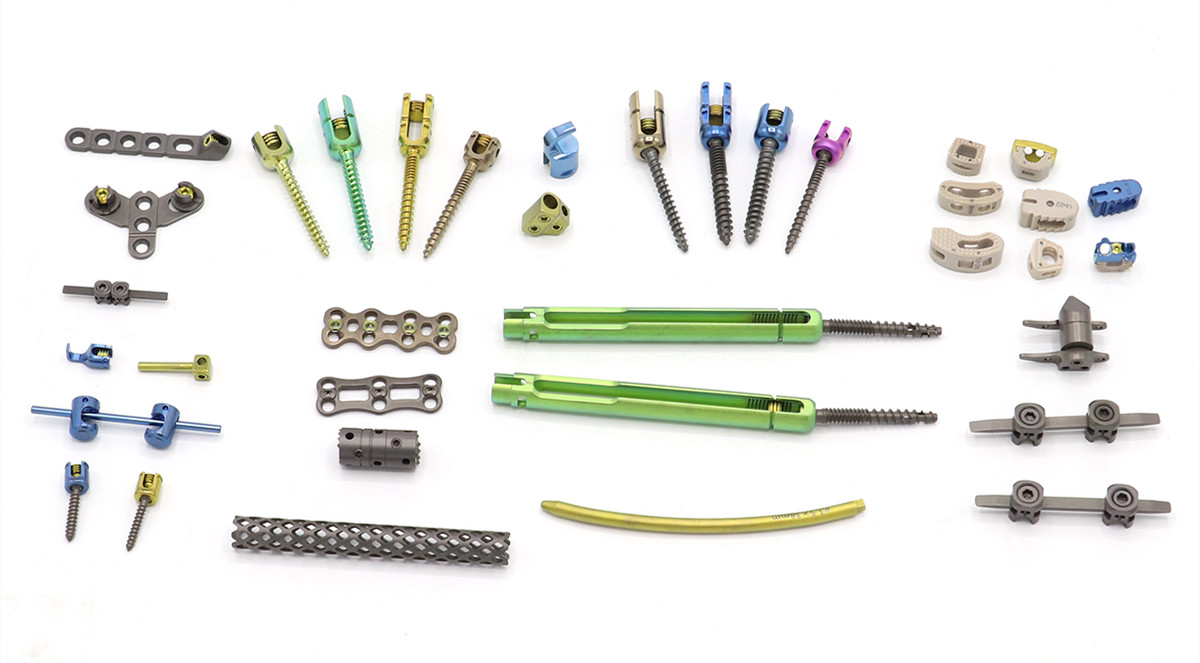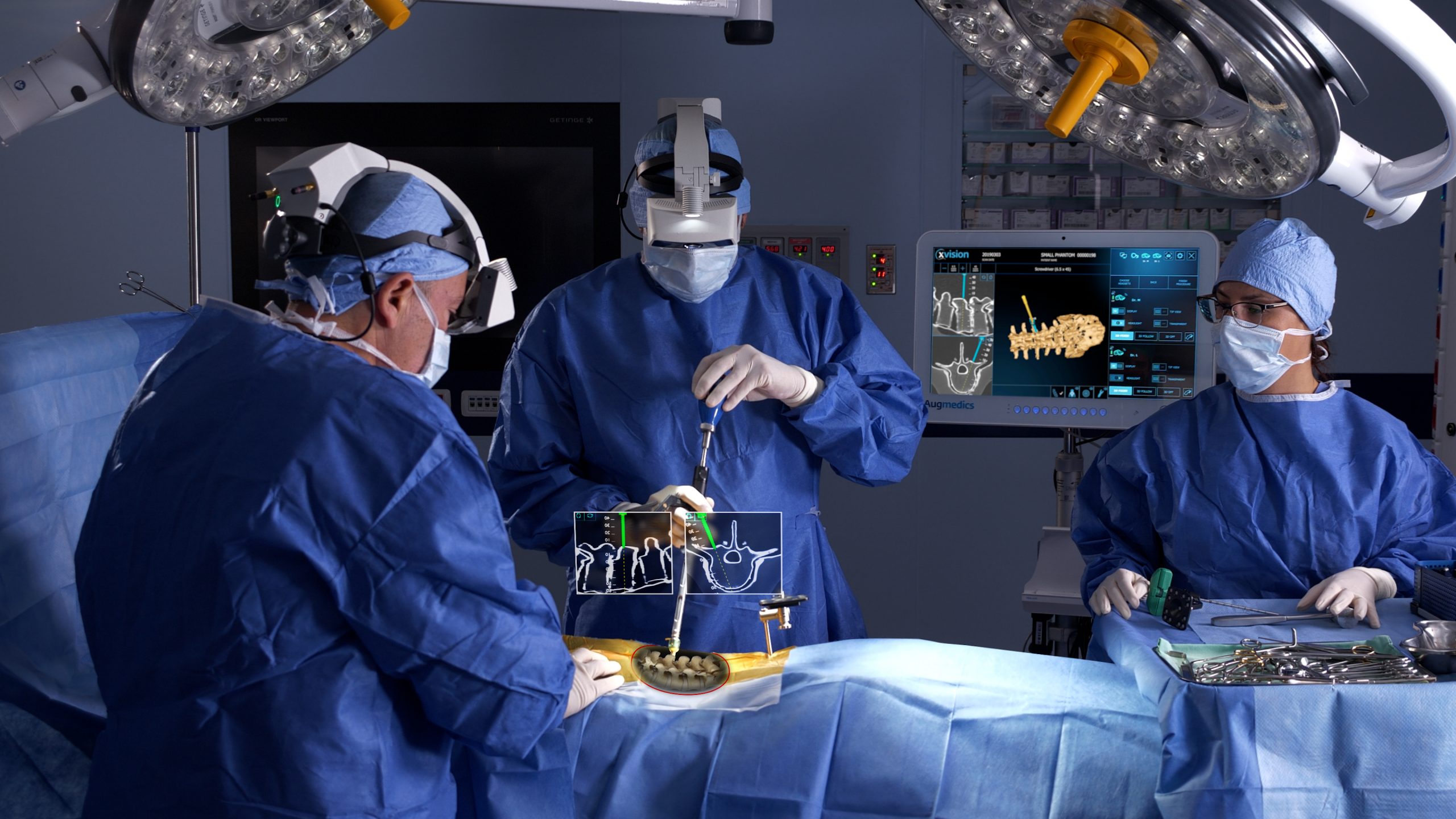Spinal implants are medical devices used in orthopedic and neurosurgical procedures to stabilize and support the spine. They are designed to treat various spinal conditions, improve spinal stability, and alleviate pain. Spinal implants can be instrumental in restoring the normal function of the spine and improving the quality of life for individuals suffering from spinal disorders.

Introduction
The spine, a complex structure of vertebrae, discs, and nerves, plays a crucial role in providing support, protection, and mobility to the human body. However, due to age, trauma, or other factors, the spine can develop conditions that lead to pain, instability, and limited functionality. Spinal implants serve as a solution to address these issues and promote spinal health.
Understanding Spinal Implants
Definition and Purpose
Spinal implants are medical devices surgically implanted into the spine to provide stability, correct deformities, facilitate fusion, and relieve pain. They are typically made of biocompatible materials, such as titanium or stainless steel, and are designed to mimic the natural structure and function of the spine.
Types of Spinal Implants
There are various types of spinal implants available, each serving a specific purpose. Common types include:
Pedicle screws: These screws are inserted into the vertebral pedicles and provide stability during fusion procedures.
Rods and plates: These devices are used to immobilize the spine and promote fusion between vertebrae.
Interbody cages: These are inserted between vertebral bodies to restore disc height and promote fusion.
Artificial discs: These implants replace damaged discs, preserving spinal motion and reducing adjacent level degeneration.

Conditions Requiring Spinal Implants
Spinal implants are used to treat a wide range of spinal conditions, including:
Degenerative Disc Disease
Degenerative disc disease occurs when the intervertebral discs in the spine wear down over time, causing pain and reduced mobility. Spinal implants, such as artificial discs or interbody cages, can help restore disc height, alleviate pain, and maintain spinal stability.
Spinal Fractures
Spinal fractures can result from traumatic injuries, osteoporosis, or tumors. Spinal implants, such as rods and screws, can be used to stabilize the fractured vertebrae, promote healing, and prevent further damage.
Spinal Deformities
ities by realigning the spine and maintaining proper curvature. These implants provide stability and prevent the progression of the deformity.
Benefits of Spinal Implants
Spinal implants offer several benefits to individuals with spinal conditions, including:
Pain Relief
One of the primary goals of spinal implant surgery is to alleviate pain. By stabilizing the spine and reducing pressure on nerves, spinal implants can significantly decrease pain levels and improve overall comfort.
Improved Stability and Mobility
Spinal implants enhance the stability of the spine, preventing excessive movement between vertebrae. This increased stability allows for better load distribution, reduces the risk of further damage, and promotes improved mobility.
Enhanced Quality of Life
For individuals suffering from chronic back pain or spinal disorders, spinal implants can greatly enhance their quality of life. By reducing pain, improving spinal stability, and restoring functionality, these implants enable individuals to engage in daily activities with less difficulty and discomfort.

Surgical Procedure for Spinal Implants
Pre-operative Evaluation
Before undergoing spinal implant surgery, patients undergo a comprehensive evaluation. This evaluation may include imaging tests, such as X-rays or MRIs, to assess the condition of the spine and determine the most suitable implant and surgical approach.
Surgical Techniques
The surgical procedure for spinal implants depends on the specific condition being treated. Surgeons make incisions, expose the affected area of the spine, and carefully place the implants into position. They may use a combination of screws, rods, cages, or artificial discs to achieve the desired stability and correction.
Recovery and Rehabilitation
After the surgery, patients are closely monitored and receive post-operative care. This includes pain management, physical therapy, and gradually resuming activities under the guidance of healthcare professionals. The recovery period varies depending on the complexity of the surgery and individual healing abilities.
Risks and Complications
As with any surgical procedure, spinal implant surgery carries certain risks and potential complications. Some possible risks include:
Infection
Infections at the surgical site can occur, although stringent precautions are taken to minimize the risk. Antibiotics and proper wound care are essential to prevent and treat infections.
Implant Failure
In rare cases, spinal implants may fail due to factors such as implant loosening, fracture, or improper positioning. Regular follow-ups with the surgeon and adherence to post-operative instructions can help detect and address any potential implant-related issues.
Nerve Damage
During the implantation process, there is a risk of nerve damage. Surgeons take precautions to minimize this risk, but in some instances, temporary or permanent nerve damage may occur, resulting in sensory or motor deficits.
Advancements in Spinal Implants
The field of spinal implants has witnessed significant advancements in recent years, leading to improved surgical techniques and better patient outcomes. Some notable advancements include:
Artificial Disc Replacement
Artificial disc replacement involves replacing a damaged or degenerated spinal disc with an artificial disc implant. This procedure preserves spinal motion and can provide long-term pain relief while maintaining spinal flexibility.
Minimally Invasive Techniques
Advancements in surgical techniques have led to the development of minimally invasive procedures for spinal implant surgery. These techniques involve smaller incisions, reduced muscle disruption, and faster recovery times compared to traditional open surgery.
3D-Printed Implants
The advent of 3D printing technology has revolutionized the field of spinal implants. Customized implants can now be designed based on a patient's specific anatomy, improving the fit and functionality of the implant while reducing the risk of complications.
Conclusion
Spinal implants are valuable medical devices that play a crucial role in the treatment of various spinal conditions. They provide stability, relieve pain, and improve the quality of life for individuals suffering from spinal disorders. With advancements in surgical techniques and the development of innovative implant materials, the field of spinal implants continues to evolve, offering new possibilities for patients.
Incorporating spinal implants into treatment plans requires careful consideration, and patients should consult with experienced healthcare professionals to determine the most suitable options for their specific needs. By addressing common concerns, risks, and advancements, individuals can make informed decisions and embark on a path toward spinal health and improved well-being.














